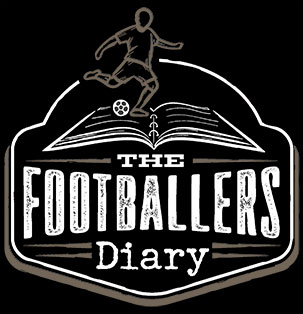The United Soccer League’s (USL) decision to introduce promotion and relegation marks a groundbreaking shift for American soccer, offering clubs a true merit-based system. But for this structure to be sustainable, a well-defined academy system is crucial. Without a clear development pipeline, young players will struggle to maximize their opportunities.
The Fragmented Academy Landscape
Right now, USL academies operate in multiple different leagues, creating a disjointed development structure. While the USL Academy League exists, it mainly serves U-20 teams, with some states allowing younger players. However, many USL-affiliated academies play in MLS NEXT, ECNL, or other regional leagues, making it difficult for scouts, colleges, and professional clubs to track talent efficiently and for their academy players to receive the recognition, they deserve.
In contrast, most European clubs operate within a single, unified system, allowing for seamless progression from youth teams to the professional level. In the U.S., the lack of consistency in where USL clubs place their academy teams hinders player development and visibility.
A Two-Party Academy System: ECNL & USL
One of the best ways for USL to create a clear and competitive youth pathway is by forming a strategic partnership with ECNL, establishing a dual-pathway academy system alongside MLS NEXT. Instead of multiple fragmented leagues, the U.S. would benefit from two clear pipelines:
1. MLS NEXT – The primary developmental league for Major League Soccer academies.
2. ECNL/USL – A structured alternative merging ECNL’s strong club framework with USL’s professional pathway.
This system would streamline scouting and player tracking, making it easier for colleges, pro clubs, and national team scouts to evaluate talent. Many states already integrate high school soccer with ECNL. High school soccer is another unique and important part of the US soccer landscape. Historically it has produced hundreds of some of our best players. High school sports is something that is already embedded in the fabric of our sports systems, so aligning USL with ECNL would allow players to develop within both environments—something MLS NEXT does not allow.
if the ECNL is unwilling to do this, then it is important for the USL to expand their current USL academy system. This will complete the loop and solidify the USL as a real functioning national wide league from top to bottom.
Why This Matters in a Promotion-Relegation System
With promotion and relegation now part of the USL structure, developing homegrown talent is more important than ever. A strong, consistent academy pipeline allows players to move up the ranks while providing clubs with long-term stability. By aligning with ECNL, or building out their current academy league system, the USL can solidify its place as proper functioning league and give young American players a clearer professional pathway outside of the MLS ecosystem. Not to mention that the sale of academy players and the introduction of Academy players into your roster is crucial for having a financially balance club.
The introduction of promotion and relegation should be more than just a competition format change—it should spark a revolution in player development. If USL wants its clubs to thrive under this new structure, investing in a unified youth pipeline is essential.
MLS NEXT has already proven to be a successful league, providing top-tier exposure through events like the GA Cup, MLS NEXT Fest, and the MLS NEXT Playoffs. However, the U.S. is simply too large for a one-size-fits-all approach to player development.
Currently, colleges and European teams interested in American youth players invest their time and money attending MLS Next events—and for good reason. It’s the most reliable place to find consistent talent. However, anyone involved in American youth soccer knows that thousands of quality players are slipping through the cracks due to the overwhelming number of leagues and the fragmentation of the system.
By establishing a two-tiered system, with MLS NEXT as one pathway and a strong ECNL/USL partnership as the second, young players, clubs, and scouts would benefit from greater accessibility and clearer developmental routes. Instead of fragmentation, this structure would offer options, ensuring that talent from all over the country has a defined path to success.
FBD | T.T. DesRois
















